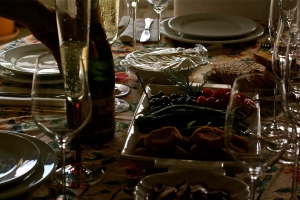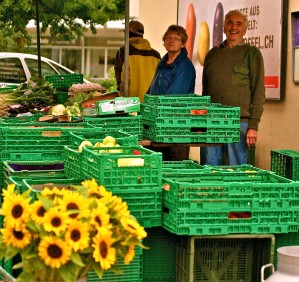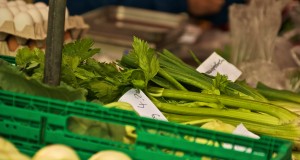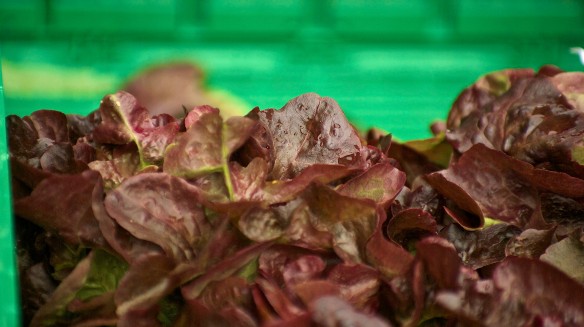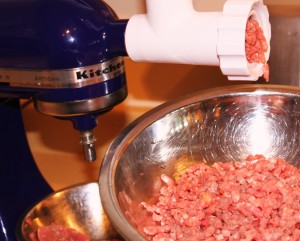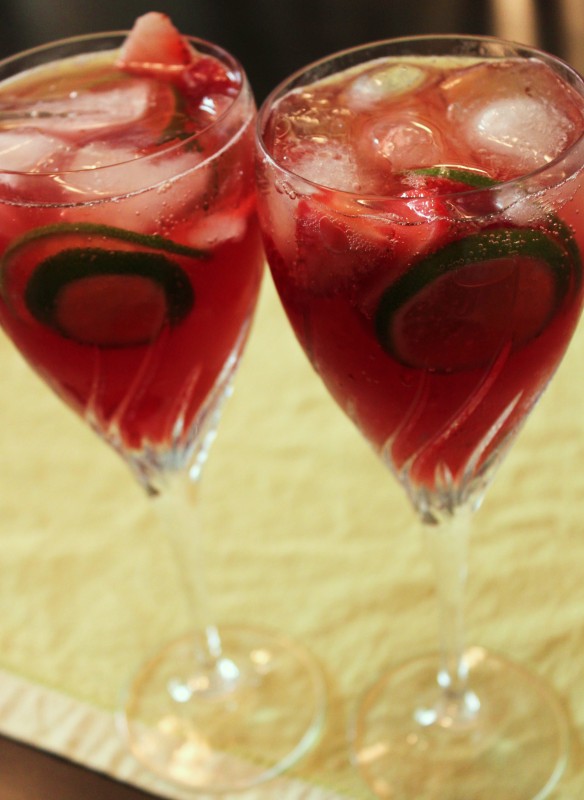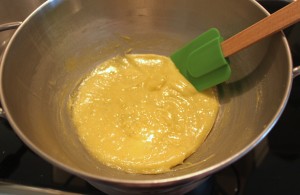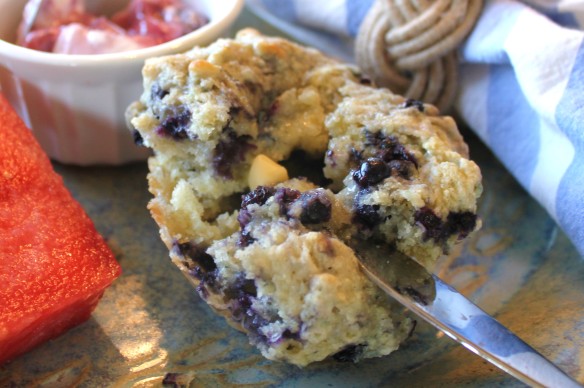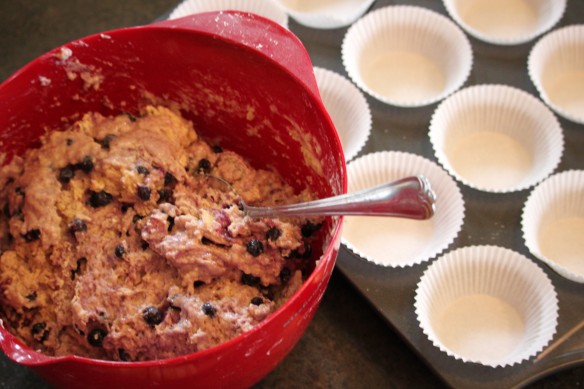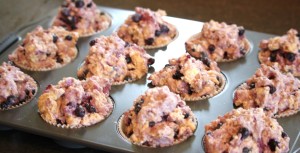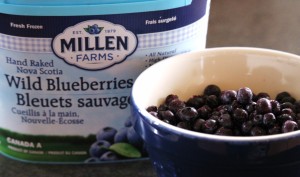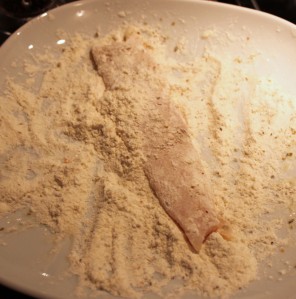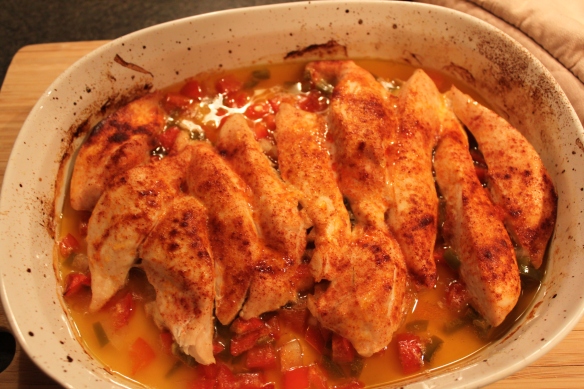Sharon Jessup Joyce
We love homemade soup, but my vegetable soups have traditionally started with homemade chicken stock, either white (boiled on the stovetop) or brown (bones roasted in the oven before water is added). Since Bob and I haven’t been eating meat or poultry lately, I needed a vegetarian soup base, and I’ve been tinkering with several over the past couple of months. In this post, I want to share some of my longstanding soup-making strategies, along with new ones that yield flavourful vegetarian or vegan soups that don’t make us miss our chicken stock one bit.
Commercial broth options: I’ve experimented with different commercial vegetable stocks and broths and found that even the organic and low-sodium varieties tasted kind of fake and salty. Olivia mentioned she prefers vegetable stock in powdered or cube form over the commercial liquids. I tried a Knorr cube in two varieties of corn soup yesterday, tasting before and after I added the cube. I found a single cube in a volume of 4 to 6 servings did deepen the soup’s flavour and tasted a lot better than the commercial liquid vegetable broth. But if time and supply permit, I still want to use homemade broth. Here are some of our favourites:
1. Tomato broth is easy to make from fresh tomatoes being processed for salsa, tomato sauce or roasted tomatoes, either field or roma. As you are processing the tomatoes for other purposes, drain off surplus juice and put one to three cups in each freezer bag. You can also drain the liquid from canned tomatoes and use as broth. Or roast disappointing off-season tomatoes and reserve the liquid as broth.
2. Onion stock can be made from onions sauteed in olive oil until just caramelized. Add salt and a touch of vinegar (balsamic, red wine or apple cider). Add water (1 cup for each onion cooked) and simmer for a few minutes until flavours are combined. Puree and freeze in one-cup portions.
You can make a really nice onion soup with onion stock: 1 part stock to 1 part dry red wine; 2 or 3 varieties of sauteed onion; 2 or 3 types of cheese (we like to include swiss and parmesan, and we never use cheddar) and homemade well-buttered or well-oiled seasoned croutons. You won’t even notice the absence of beef broth.
3. Vegetable stock can be roasted or simmered. Dice one or two carrots, an onion, one garlic clove, a handful of celery leaves and a handful of fresh parsley. (Many recipes call for entire celery stalks, but I find the taste of cooked celery revolting. If you don’t, put celery in.) For every cup of vegetables, use 3 cups water and salt to taste. Simmer on a stovetop until vegetables are completely broken down, which usually takes at least 45 minutes. Strain and freeze broth in one-cup portions. For a richer broth, roast vegetables in an open roaster with a bit of salt and oil until veggies are golden brown and soft. Add water as for unroasted vegetables, cover and cook for another 30 to 40 minutes. Strain broth and freeze.
If I don’t have any homemade broth on hand, or the broth I do have will fight with the soup flavours, I skip the broth and use water. For a creamy soup, I will use milk and cream. If I want to reduce the fat content (and I generally do), low-fat sour cream or low-fat Greek yogurt are good substitutes for cream. If your recipe calls for 1/2 cup cream, substitute 1/4 cup sour cream or yogurt mixed with regular milk. Buttermilk also gives a creamy texture and a nice tang with very little extra fat. I sometimes add a half-cup of buttermilk to carrot-dill soup to enhance the vegetable’s natural creaminess and balance its sweetness.
Using milk or water instead of cream or broth can make the soup taste a little flat, but I have a handful of ingredients I turn to again and again to boost flavour:
1. Medium-dry sherry: I keep a bottle in the fridge and put anywhere from a splash to a couple of glugs in a soup that needs a lift. Most recently, I had a cauliflower-cheddar soup made from cauliflower, milk, grated cheddar, onion, butter, nutmeg, salt and pepper. It was lovely and creamy, but it needed something, and a slosh of sherry did the trick. For this soup, I wanted to taste the sherry against the cauliflower and nutmeg flavours, but sometimes I put in just enough to give the soup a bit of depth, without the sherry announcing its presence. I usually like sherry instead of white or red wine because it is less sharp and acidic in soup.
2. Smoked mild and smoked hot paprika: Use these individually or together in any soup recipe that calls for bacon or salt pork. When you add a pinch more salt and a bit of oil or butter, you won’t miss the pig. Unless you are going for serious heat, a bit of hot smoked paprika is all you need. When I want more spice in a soup, I prefer chipotle chili powder, which has a more subtle flavour.
3. Low-sodium soya sauce: A little bit (I’m talking a teaspoonful or less in 4 to 6 servings) can add depth and complexity. Don’t go overboard, or it will dominate, and your soup will smell and taste like something from a Chinese takeout.
4. Double-strength (dopio) tomato paste: This comes in tubes from Italian grocery stores. A dab or two will add sweetness and a bit of richness to soups, even those without other tomato in the recipe. It will also make soup a more appetizing colour if the combination of ingredients makes the soup look a bit gray or tan-coloured.
5. Boiled apple cider: I used to find this only at King Arthur Flour in Vermont, but I’ve now seen it in fine grocery stores and specialty stores that stock jams, jellies and syrups. You can also make your own: boil plain apple cider down to 20% volume or less and refrigerate the result for a week or freeze for up to a year. A splash or two of boiled cider gives a lovely note to vegetable soups, especially those made with root veggies or squash. One of my favourite fall soups has a water base with lots of parsnips, an onion, a white or yellow potato, one each of two types of apple, a heaping tablespoonful of horseradish, a half-cup of buttermilk (optional) and a generous slug of boiled apple cider. Add a little salt and pepper, puree, and garnish with chopped rosemary for a great cold-weather soup.
6. Maple syrup: A small amount can add a hint of sweetness and smokiness to soups. We use the dark syrup usually used for cooking or to make candies. If you can’t find that variety, use the darkest syrup you can find.
In addition to diced onion, which appears in most of my veggie soups, I like to add another vegetable in a supporting role to boost flavour or texture, especially for pureed soups. For example, a couple of roasted yellow or orange bell peppers are great with the onions and squash in roasted squash and chipotle soup; apples add a grace note to lots of sweet or earthy veggie soups; a potato pureed into broth can thicken cream soups and reduce or eliminate the need for cream; a handful of spinach or arugula with pureed green pea soup makes the colour and flavour of the peas more intense, and so on. My rule of thumb is that if I like the flavours together on my plate or in a salad, I’m likely to find them pleasing together in a soup.
The soups pictured here are two takes on corn as a star ingredient.
Southwest Corn and Bean Soup (serves 4)
- 2 cups tomato broth
- 2-3 cups water + 1 vegetable stock cube
- 1/4 cup lime juice or apple cider vinegar
- Salt and sugar to taste (enough to balance the lime or vinegar)
- 1 onion, diced and sauteed in olive oil
- 1 red bell pepper, diced and sauteed in olive oil
- 1 small or 1/2 large jalapeno pepper, finely chopped
- 1 large or 2 medium fresh field tomatoes, diced (frozen or canned will work)
- 2 cups corn kernels (fresh or frozen, not canned)
- 1 19-oz can black beans, drained and rinsed
- 1 white, yellow or sweet potato, diced
- Large handful chopped cilantro
- 1 tablespoon dried Mexican oregano
- 1-2 teaspoons double tomato paste
Cook diced onion and bell pepper in a small amount of olive oil until soft. Add tomato broth, water, stock cube, and lime juice/vinegar and bring to boil, simmering until cube has dissolved. Add potato and tomato and simmer, covered, until tomato pieces are falling apart and potato pieces are very tender (about 30 minutes). Add corn, beans, tomato paste, cilantro, salt, pepper, sugar, and (if using) dried Mexican oregano. Simmer 15-20 more minutes and serve.
Vegetarian Corn Chowder (Serves 4)
This soup is traditionally made with bacon and cream. Butter and smoked paprika replace the bacon. We like this just fine with milk instead of milk and cream, but if you want a thicker, silkier texture without cream, puree some of the corn (up to 1 cup) with the milk before you add the milk to the soup. If you want a very thick chowder, use the smaller amount of milk called for in the recipe. We like a thinner texture and use the full amount of milk.
- 2 small cooking onions, diced and sauteed in butter
- 2 medium-sized Yukon gold potatoes, diced
- 3-4 cups fresh or frozen corn kernels
- 1/2 cup vegetable broth (not tomato-based) or water
- 2-3 cups milk or combination milk and cream (use preferred fat content, other than skim milk, which is just too thin — we use 1% or 2% milk and 3% sour cream)
- 1 vegetable stock cube
- 1-2 teaspoons mild smoked paprika and pinch hot smoked paprika
- Salt and pepper
- Fresh dill, thyme, chive or parsley to garnish
Cook diced onion in butter until soft. Add salt and smoked paprika and stir. Add water/broth and potatoes and cover pot. Let simmer gently until potatoes are just tender (about 15 minutes). Make sure pot does not simmer dry. Add corn, milk/cream and stock cube. Cook, covered, for another 30 minutes, stirring occasionally. 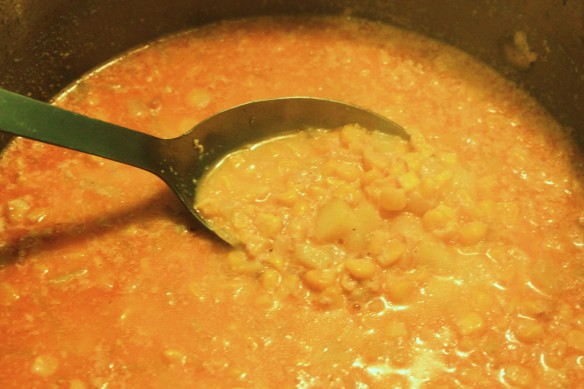
| Sharon divides her time between Kingston, Ontario and St Margarets Bay, NS, where she loves to cook, eat and swap recipes for soup. | ||
| Welcome to our family’s discussion forum on food. If you’d like to submit a post, please consider yourself family, and email us at familyfoodforum@gmail.com. |
|





